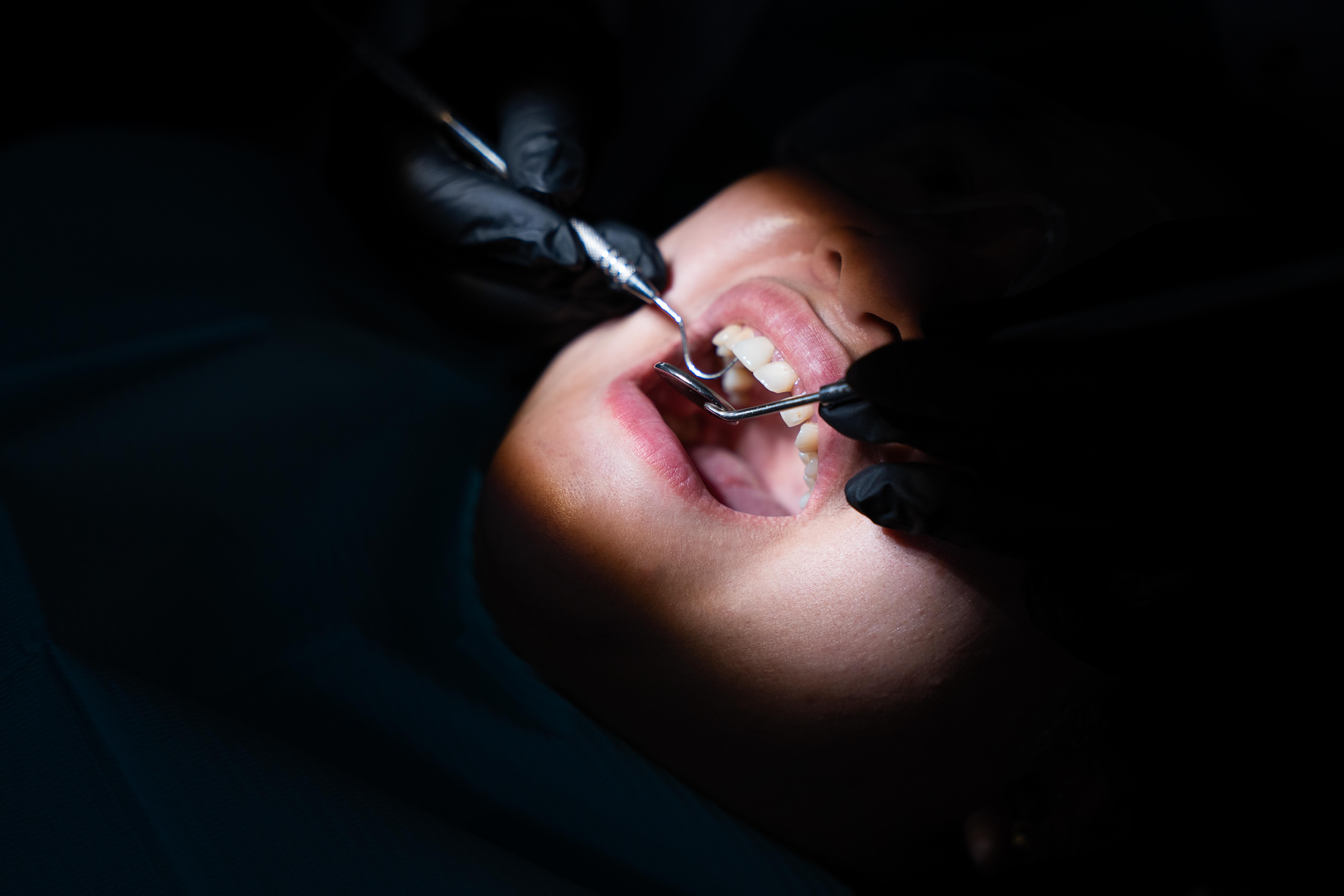Dental Filling
Dental fillings are restorative materials dentists use to repair decayed or damaged teeth. They ‘fill in’ the cavities formed during decay removal.
Several dental filling materials are available today, from old-school silver or amalgam to modern-day aesthetic composite resins and porcelain.
Depending upon the material and individual oral health practices, dental fillings can last upto 20 years.





